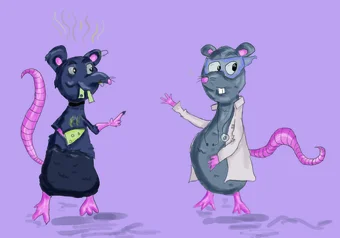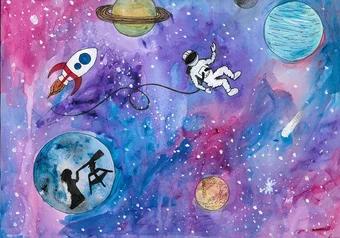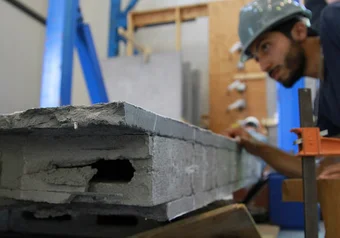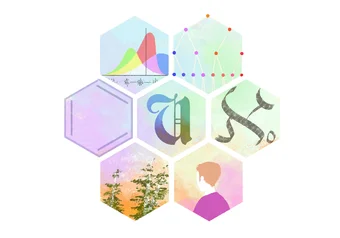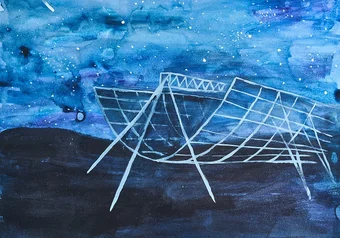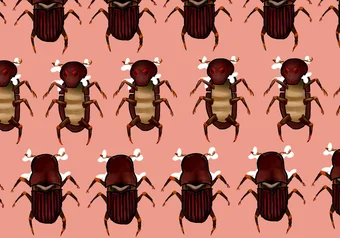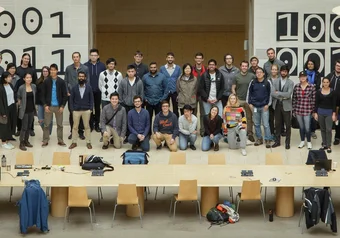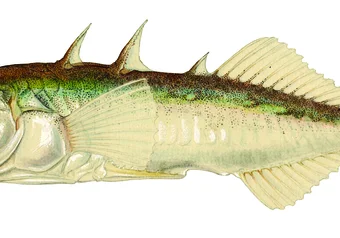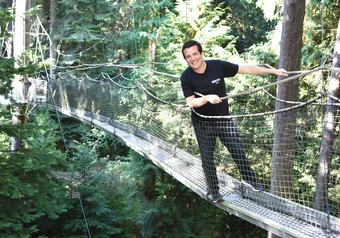You might never want to even think about rats, much less study them, but that’s exactly what UBC graduate students are doing in the Downtown Eastside with their Vancouver Rat Project. UBC’s School of Population and Public Health (SPPH) held a talk on rats and public health in Vancouver as part of their Grand Rounds lecture series.
Search the Archive
If you’re taking Dr. Christine Schreyer’s cross-campus course titled “Endangered Language Documentation and Revitalization,” it might seem like a good idea to ask her for an extension in Kryptonian. After all, she did invent it.
Dr. Nemkumar Banthia, a professor in the department of civil engineering, and Salman Soleimani-Dashtaki, a PhD candidate in the department of civil engineering, have been working to develop an alternative concrete compound that will be a cost-effective option for seismic upgrades.
Scientists are smart, but no human can see into the future. Sending animals to space was a means of testing whether it would be safe for humans to endure the added acceleration, elevation and drastically reduced gravity that’s associated with space travel.
The Haas Lab at UBC utilizes a number of undergraduate volunteers, among whom is second year biochemistry student Lasya Vankayala, who works on purifying DNA samples to prepare for further study.
With so many ideologically driven news platforms just a click away, how do we know if what we are reading is true? We've compiled some thoughts to keep in mind when evaluating the credibility of your next science feed.
What would you do after building the largest radio telescope in Canada? “Celebrate,” agreed UBC physics and astronomy professor Dr. Mark Halpern and Iain Stewart, the president of the National Research Council of Canada.
The mountain pine beetle is the species plaguing the pine trees of Canada and the United States. These beetles are the bridges connecting human fuelled climate change to the widespread destruction of the western forests of North America.
Protoplanetary disks are the nurseries in which planets are born. You would have to have superhuman traits to throw around these disks, which can weigh hundreds of times the Earth’s mass and have an actively forming star in the middle.
According to Chanpreet Mangat, a fourth-year biology student and club president, there are three main pillars of Women in Science’s approach: mentorship, community and connection.
Hackathons are energy drink-fuelled marathons where people bring projects to life by creating software and hardware. Hackseq embodies this principle, but specifically attracts participants whose ventures are related to genomics, a field of molecular biology that studies organisms’ genetic material.
Most importantly, upon further analysis of the data, astronomers determined that the merger of these two neutron stars smashed particles together fast enough to create nearly 300 septillion kilograms of gold.
In most of the lakes that the threespine stickleback inhabit in British Columbia, there exists a single species of stickleback. However, in a number of lakes there exist two separate species of stickleback — open-water dwelling stickleback and bottom-dwelling stickleback.
Rick Mercer said in an interview with The Ubyssey that he came to UBC to film a segment for the Rick Mercer Report that focused on science and wasn't boring.


